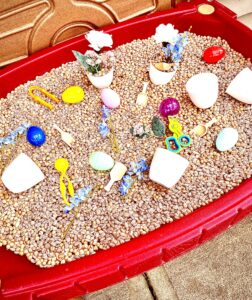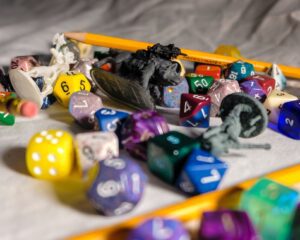Although homeschooling enables personalized learning wherein parents adapt to their children’s abilities, it does leave much to be desired in terms of outdoor experiences. Homeschool…
Let’s embrace promise of warmer weather with some spring sensory play for the kids! Sensory bins are a favorite for kids of almost all ages.…
Whether it is a lockdown, extended school break, or the kids keep passing around that never-ending upchuck-a-thon stomach bug, zoning your home will save your…



